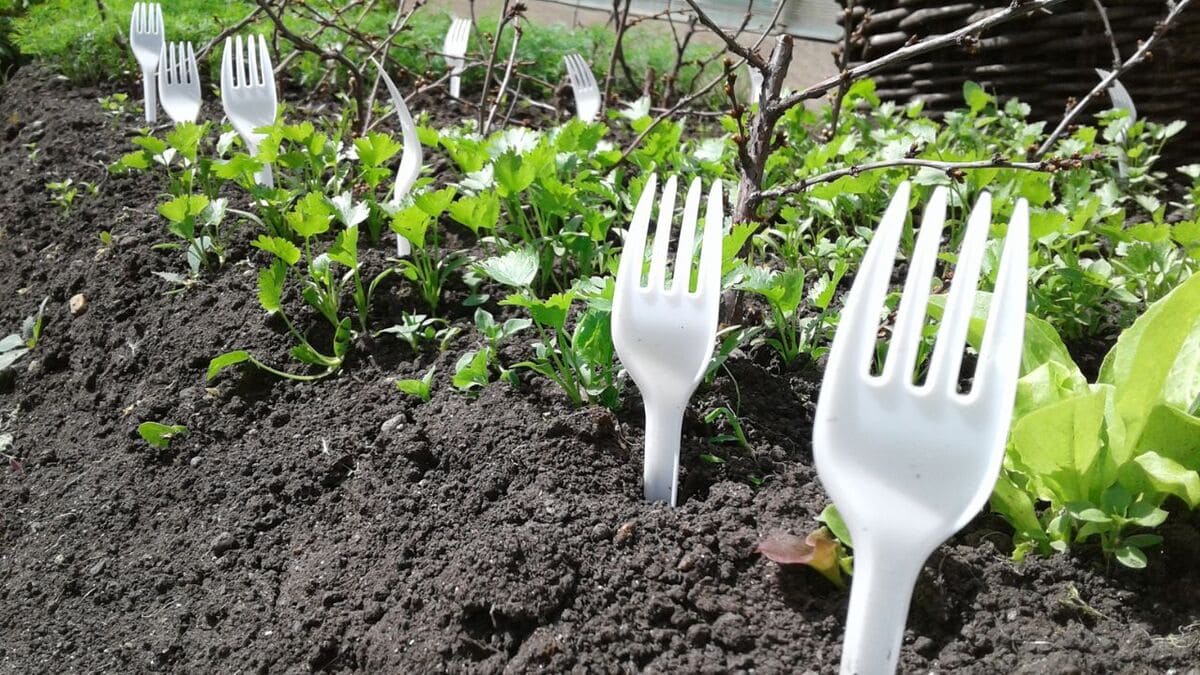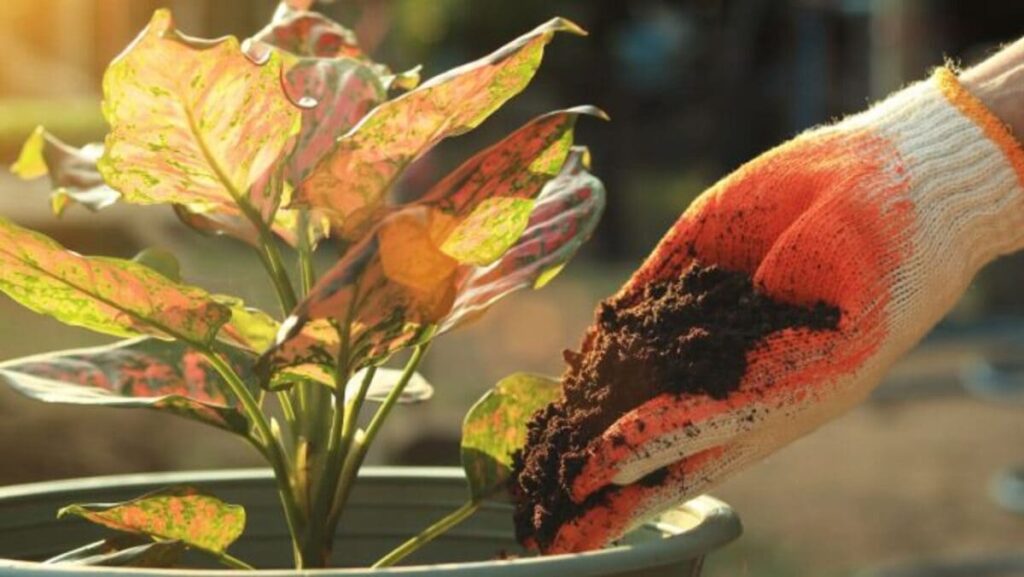Gardeners increasingly turn to an unexpected yet clever ally in the vegetable patch: the humble plastic fork. This low-tech idea creates a discreet barrier that nudges curious paws and snouts to look elsewhere, helping protect tender seedlings without chemicals or fuss. The appeal lies in its simplicity, its affordability, and its surprisingly effective physical presence.
A simple, budget-friendly deterrent
Among pest-smart practices, this approach stands out for being both economical and quietly practical. Discreet tines introduce a subtle “do-not-enter” signal, discouraging trampling and opportunistic nibbling. Many gardeners appreciate how the forks keep beds tidy while preserving a natural rhythm in the kitchen garden.
Because the barrier is tactile rather than toxic, the overall effect remains gentle on soil life and friendly to beneficial insects. It’s a small adjustment that supports a wider commitment to low-impact, eco-conscious gardening.
Why the tactic works
Wild visitors tend to avoid unfamiliar, potentially uncomfortable textures, and fork tines create a pattern that feels inconvenient to cross. Cats, squirrels, and even deer assess ground conditions by touch, and sudden “spiky” cues suggest a risky path. In behavioral terms, the space becomes less attractive, reducing casual digging and exploratory tasting.
There’s no magic here—just a micro-barrier that changes animal behavior at the point of entry. The result is fewer flattened seedlings and far less mischief, especially during those vulnerable early growth stages.
Strengths and limits
Like any deterrent, this method isn’t a silver bullet, and outcomes vary with local wildlife pressure and garden layout. Wind, sunlight, and seasonal shifts can move or age materials, slightly reducing effectiveness over time. Visual tastes differ too, and some growers prefer subtler colors that blend with soil and mulch.
Sustainability-minded gardeners favor forks already on hand, prioritizing reuse and longevity. Durable, dishwasher-safe versions last more seasons, and neutral shades can be less visually intrusive across compact beds and neatly edged rows.
Natural companions to the method
Blending light-touch deterrents often produces the most balanced outcome, supporting both yield and biodiversity. Aromatics, texture, and taste-based cues work alongside physical barriers to discourage persistent browsers. The following options are common in low-input, pollinator-friendly plots:
- Cayenne pepper adds a sharp sensory signal, helping make the area less appealing to wandering mammals.
- Coffee grounds introduce gritty texture, while contributing organic matter to living soil.
- Crushed eggshells or gritty mulch increase foot discomfort, deterring slugs and soft-bodied pests.
- Strongly scented herbs, like rosemary or lavender, create background aromas some animals instinctively avoid.
- Motion-based surprises, such as gentle sprinklers, add unpredictable stimuli that reduce repeat visits.
Voices from the garden
“It looks a little quirky at first, but the beds stay neat and the seedlings stay safe—and that’s all the proof I need.” This kind of testimony reflects the method’s everyday appeal, where practical outcomes outweigh any aesthetic hesitation. Gardeners often note fewer pawprints, fewer overturned transplants, and more peace-of-mind after delicate plantings.
Shared experiences also highlight context: suburban plots report less cat digging, while rural beds appreciate reduced deer track patterns. The value lies in fewer costly setbacks, not perfection or instant cures.
Mindful sustainability
Responsible use matters, especially with plastic in outdoor settings. Reused utensils help keep new manufacturing down, and sturdier options resist sun-brittle aging. When no longer serviceable, proper disposal or appropriate recycling keeps footprints light, aligning with broader regenerative garden values.
In the end, the charm of this approach lies in its minimalism and ingenuity, quietly stacking small advantages in favor of thriving, healthy beds. As part of a layered, nature-savvy toolkit, those tiny tines offer a calm, non-toxic way to tip the balance toward resilient, productive crops and a more harmonious kitchen garden.






